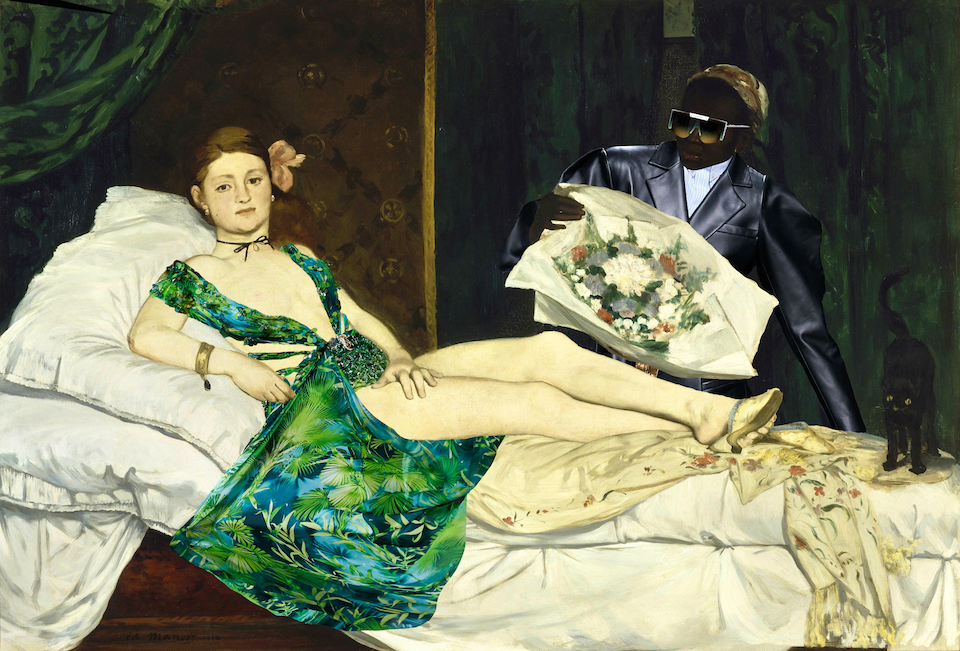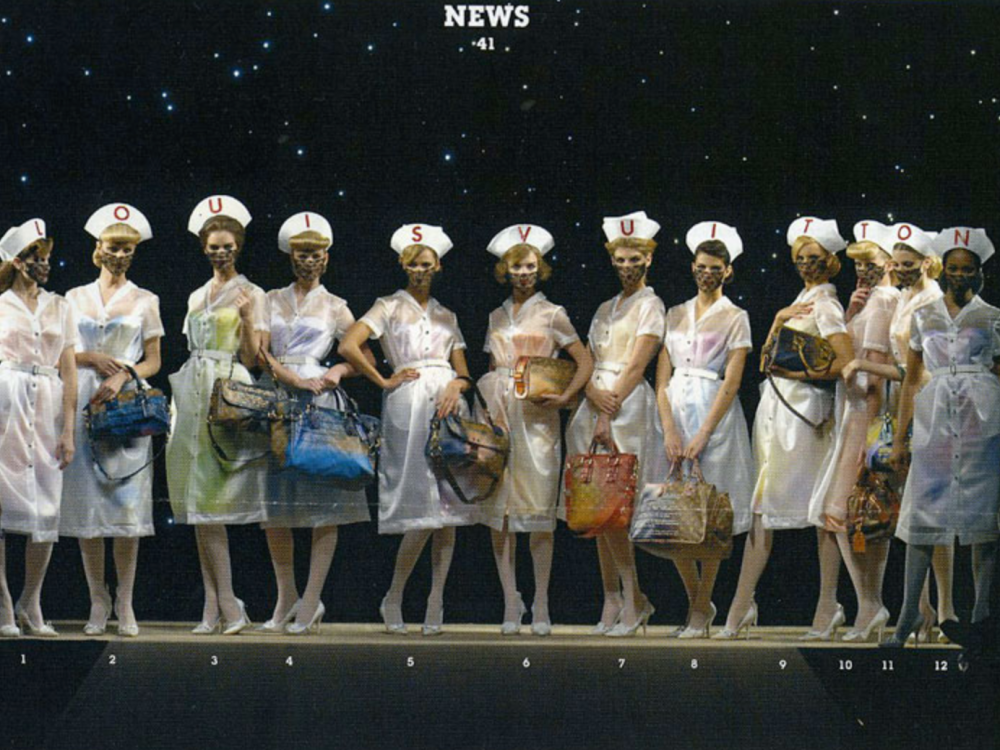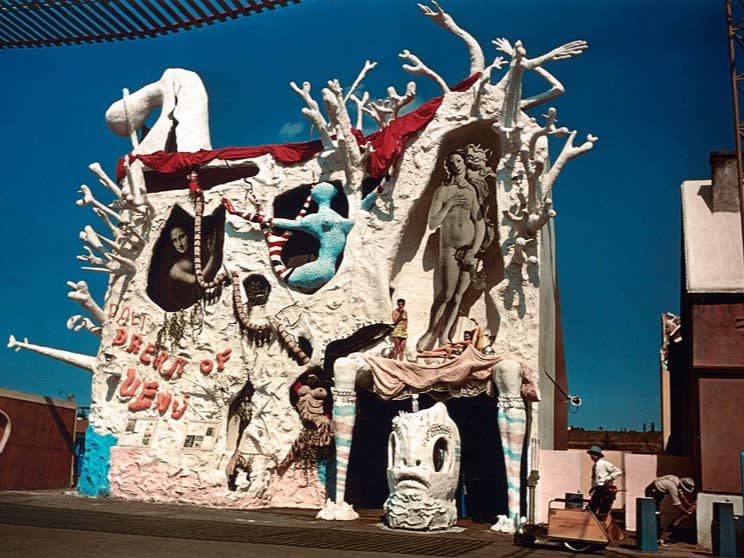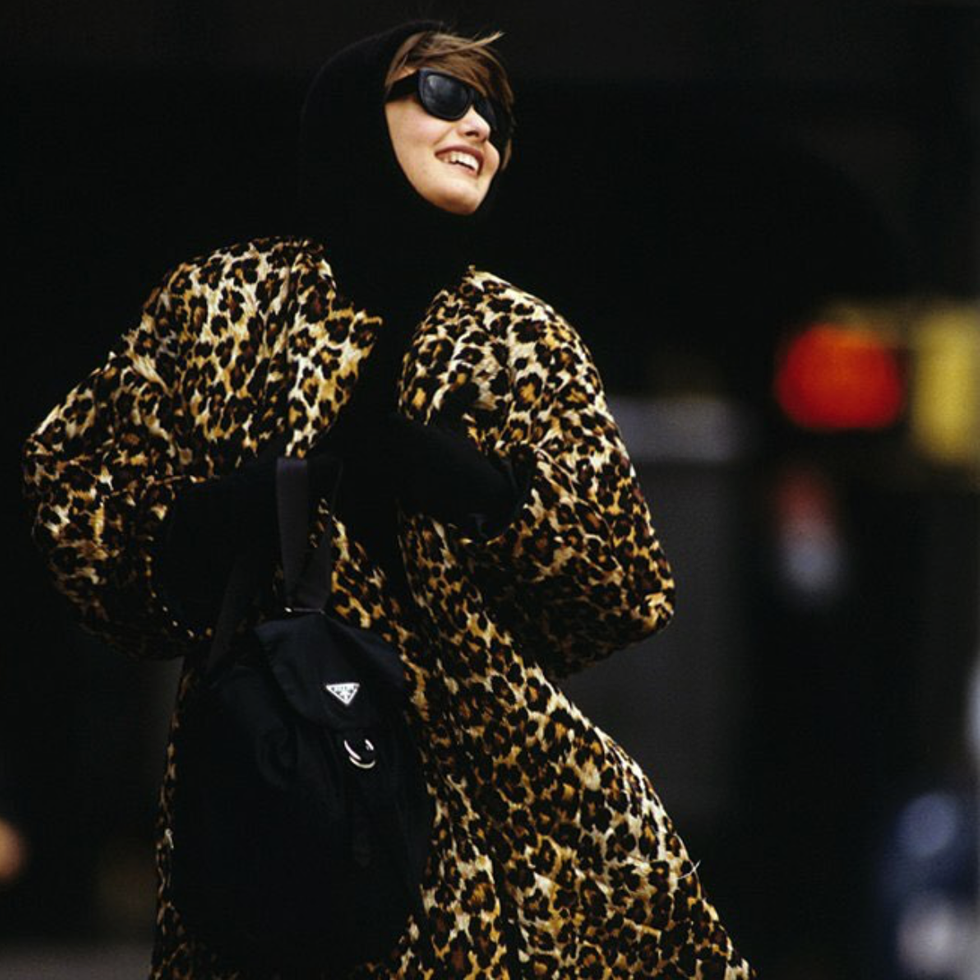
Hans Feurer
Linda Evangelista with a Prada Nylon Backpack, Vogue, August 1989
The fashion industry was a different world in 1978, the year Miuccia Prada took creative reigns of the small luxury goods company her grandfather founded in 1913. Coming off the psychedelic 60s and disco-era decadence of the 70s, a radical shift was on the horizon, for which there proved no better leader than a young Miuccia Prada.
After inheriting the company from her mother in 1978, Miuccia’s first order of business was to change the trajectory of her family’s eponymous brand, which was still specializing in leather handbags and travel accessories. The beginning of Prada’s creative overhaul began in 1979 with the release of her first set of backpacks and totes made out of military grade nylon. An iconic symbol of the brand today, nylon, at the time, went against all existing notions of glamor that governed fashion before and well into the 1980’s, and her utilitarian handbag designs were the antithesis of the luxury company’s founding philosophy.
Prada
Nylon Farm Film Still, 2018
Prada
Nylon Farm Film Still, 2018
The inspiration behind this renegade creative act came on a visit to a factory specializing in the making and production of military tents and parachutes made from weaving super thin thread on 19th century machines. Fascinated by the water-resistant nylon, called Pocono, with which they were constructing the military equipment, Miuccia saw opportunity in the industrial material and decided to use Pocono nylon for a set of light, practical, seemingly indestructible handbags.
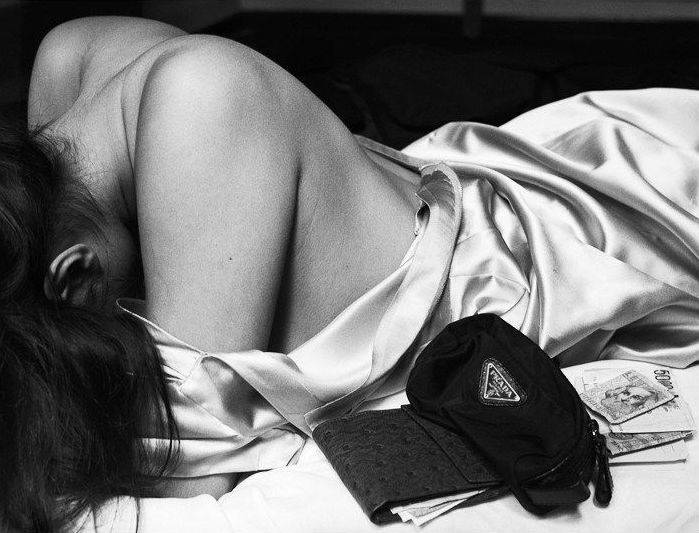
Prada
Photography Albert Watson for Prada Nylon

Prada
Photography Albert Watson for Prada Nylon
The "Vela”, by which Prada’s first backpack became known, featured a flap top, D-ring strap closure, drawstring opening, no lining or branding, and was available in black and brown water-resistant nylon. Shortly after, Prada introduced an updated mid-sized version called the “Rucksack,” which featured exterior pockets and a small metal triangular label. While the style itself was already unconventional, Prada’s industrial nylon backpacks would take another 10 years before receiving official ‘it’ status.

Prada
Original Vela Nylon Backpack

Prada
Black Backpack Variation
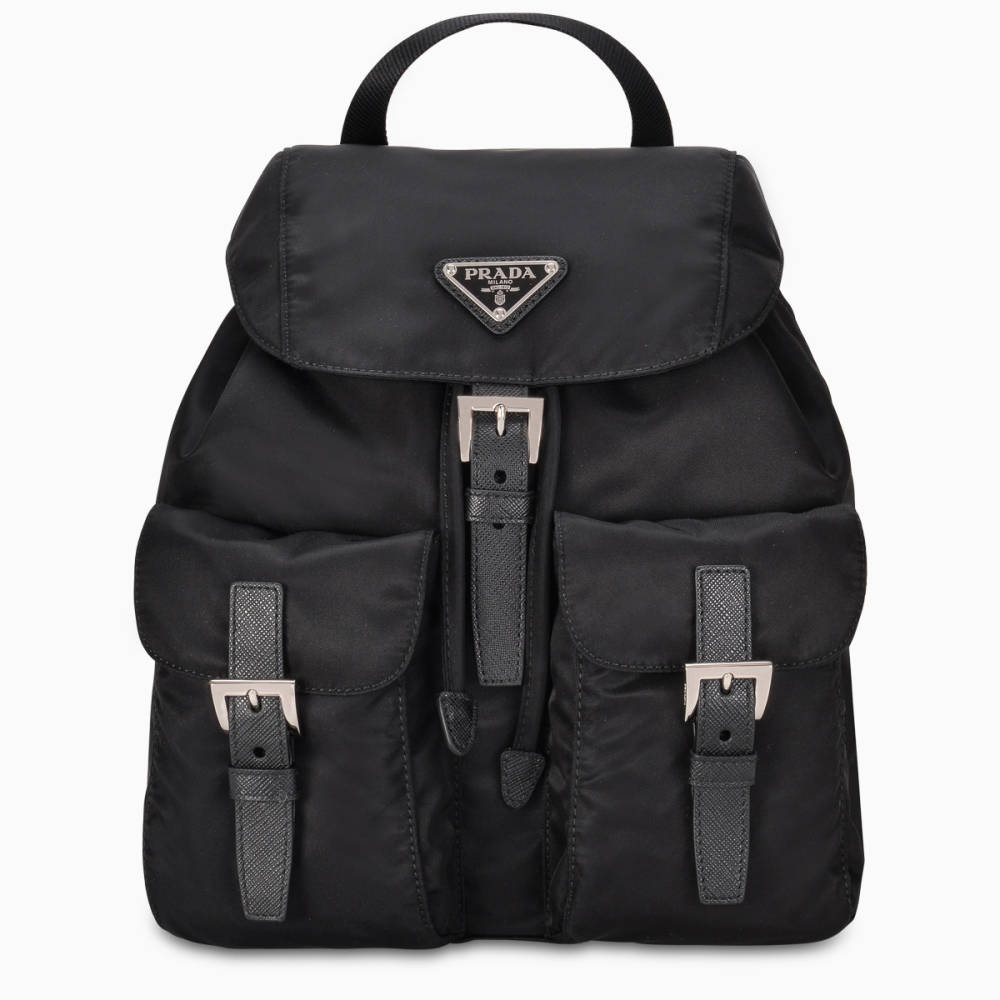
Prada
Nylon Rucksack Backpack

Prada
Nylon Backpack Variation
By the early 1990s Miuccia introduced nylon in clothing designs and Prada’s rucksack became an ‘anti-status status symbol;’ a symbolic mascot for the likewise duality by which the Italian brand had become known. This one-time hiking accessory became an emblem of urban mobility and – as a result of the logo – a gender-free prestige object.
Prada
Naomi Campbell, Photography Peter Lindbergh, 1994
Prada
Nylon Look, Spring/Summer 1995
Prada
Nylon Look, Spring/Summer 1995
Prada
Nylon Look, Spring/Summer 1995
Prada
Nylon Look, Spring/Summer 1995
A design revolution compared to Marcel Duchamp’s 1917 ‘Fountain,’ Prada’s early nylon handbags challenged preconceived ideas of what constitutes luxury in fashion. Furthermore, the introduction of nylon as a hero material for the brand in the early days of Mrs. Prada’s tenure set the tone for decades of risk-taking and revolutionary creative acts conceived by none other than Miuccia Prada.

